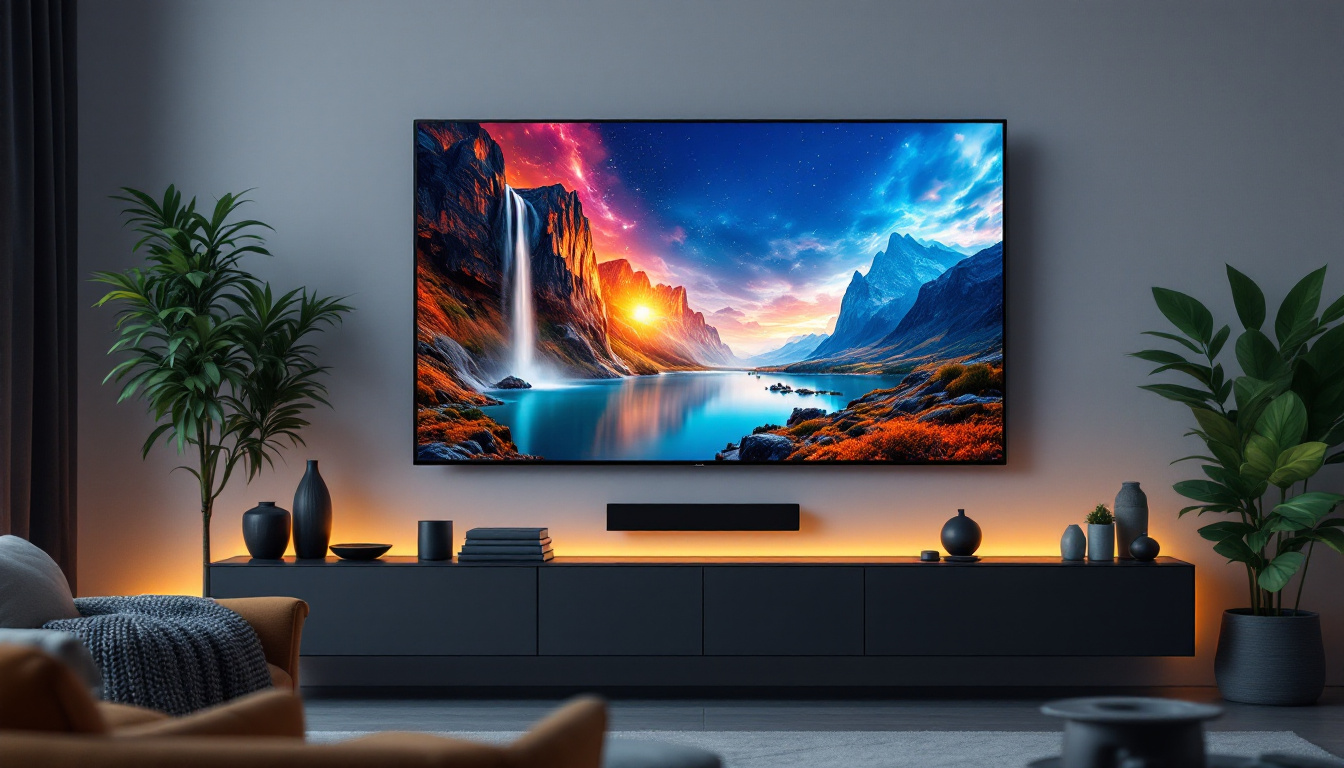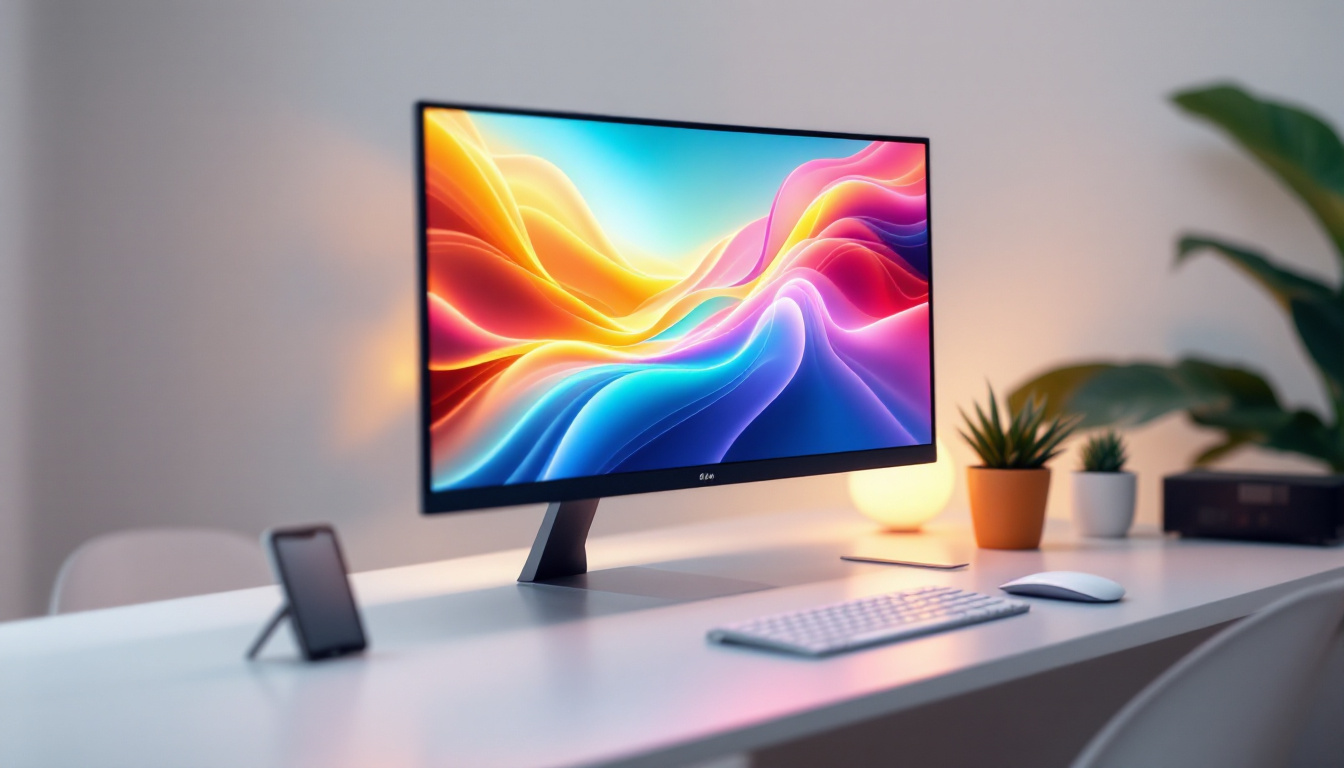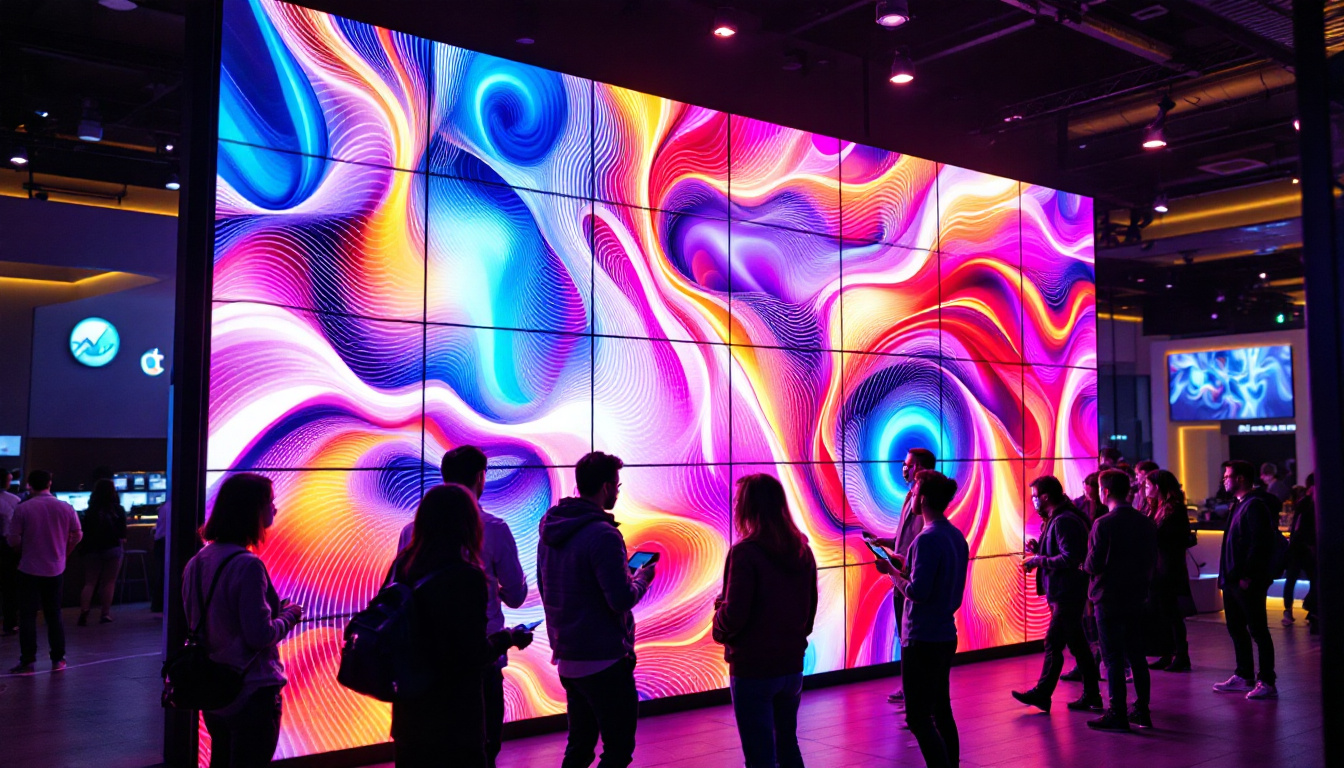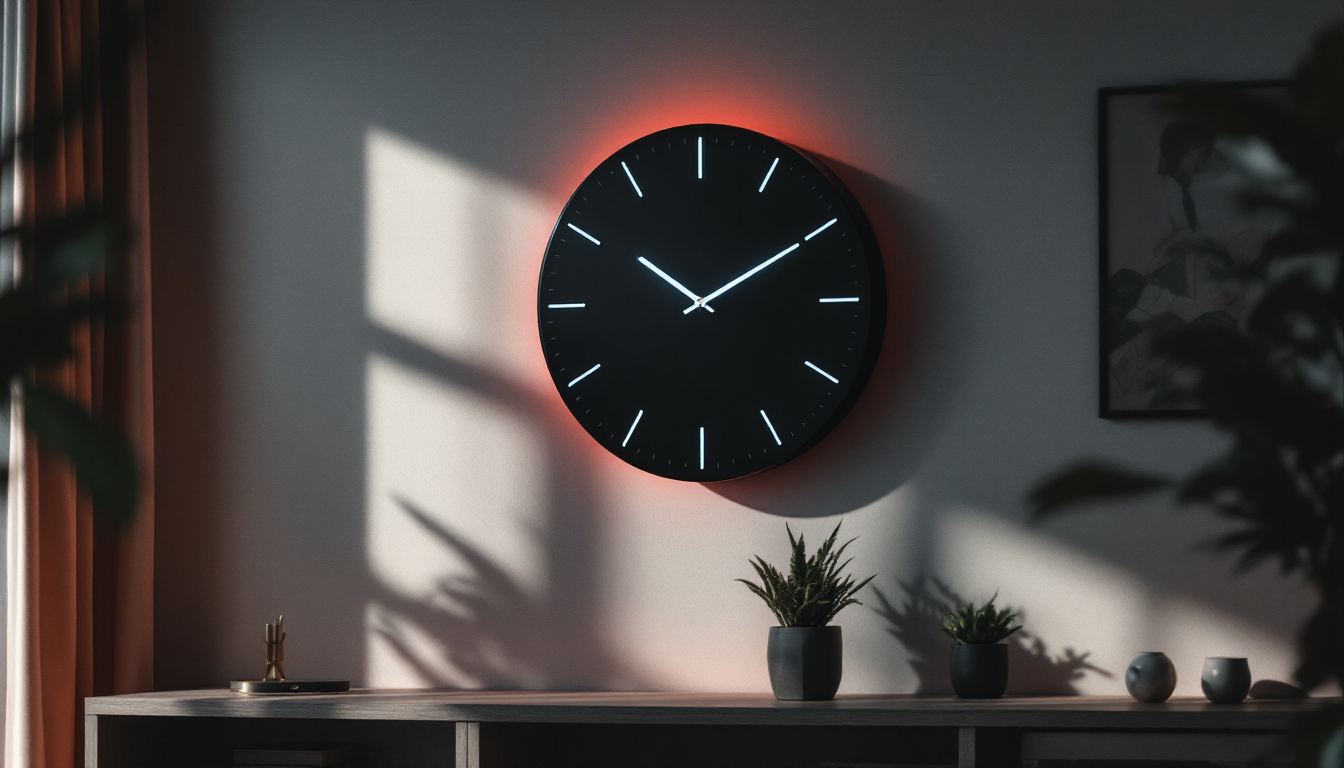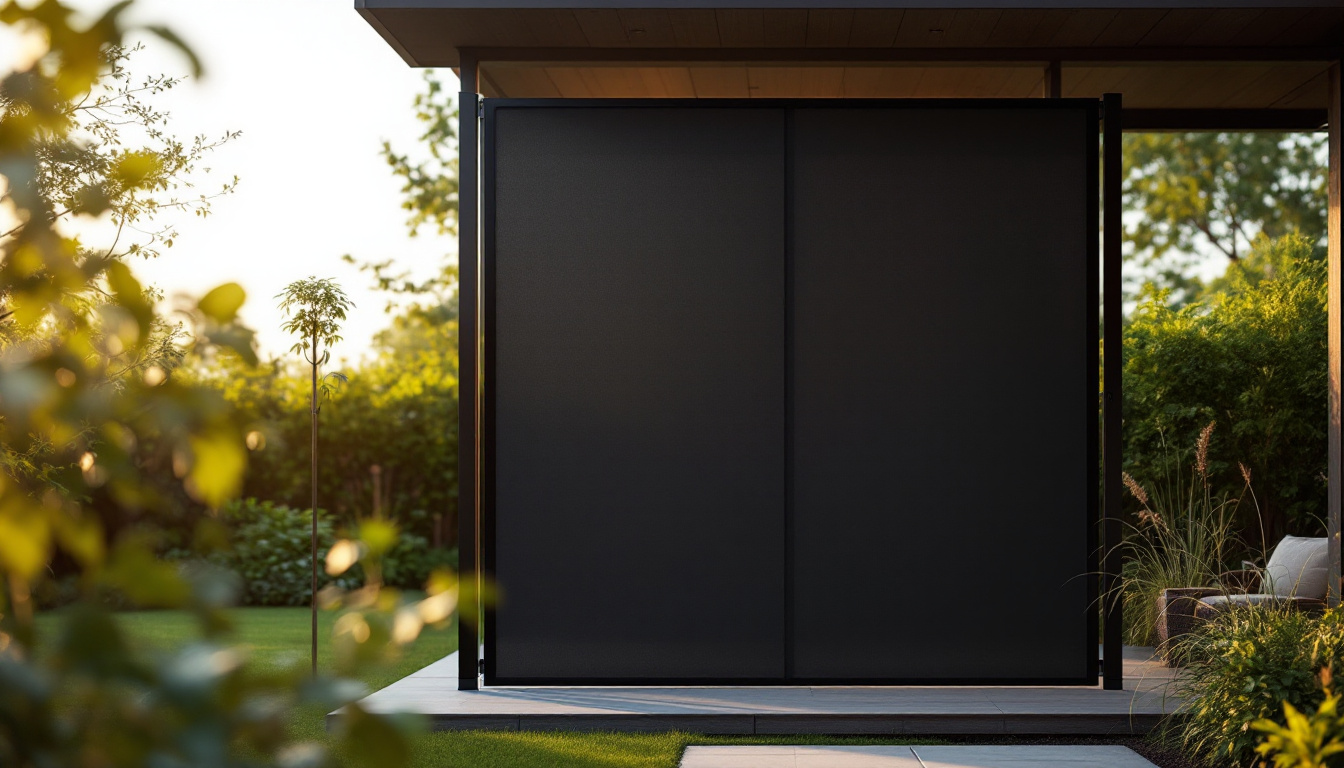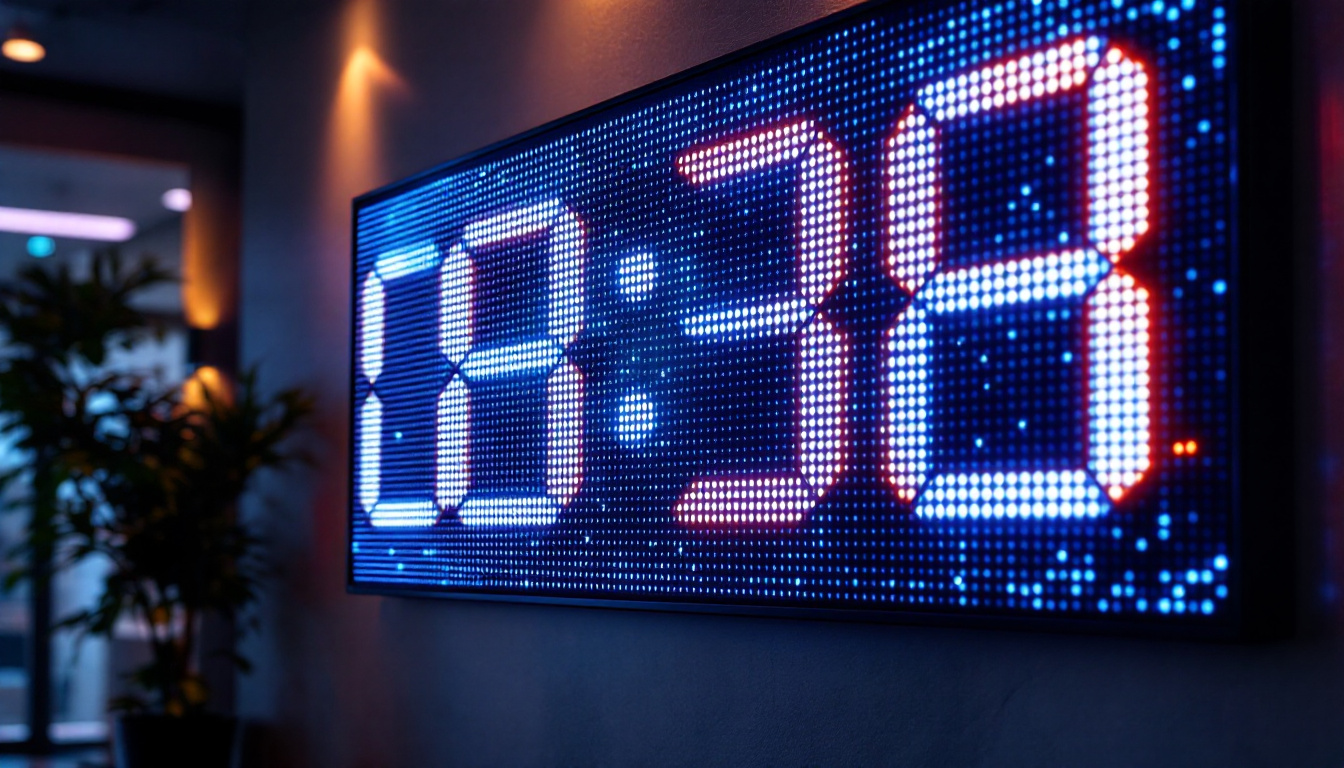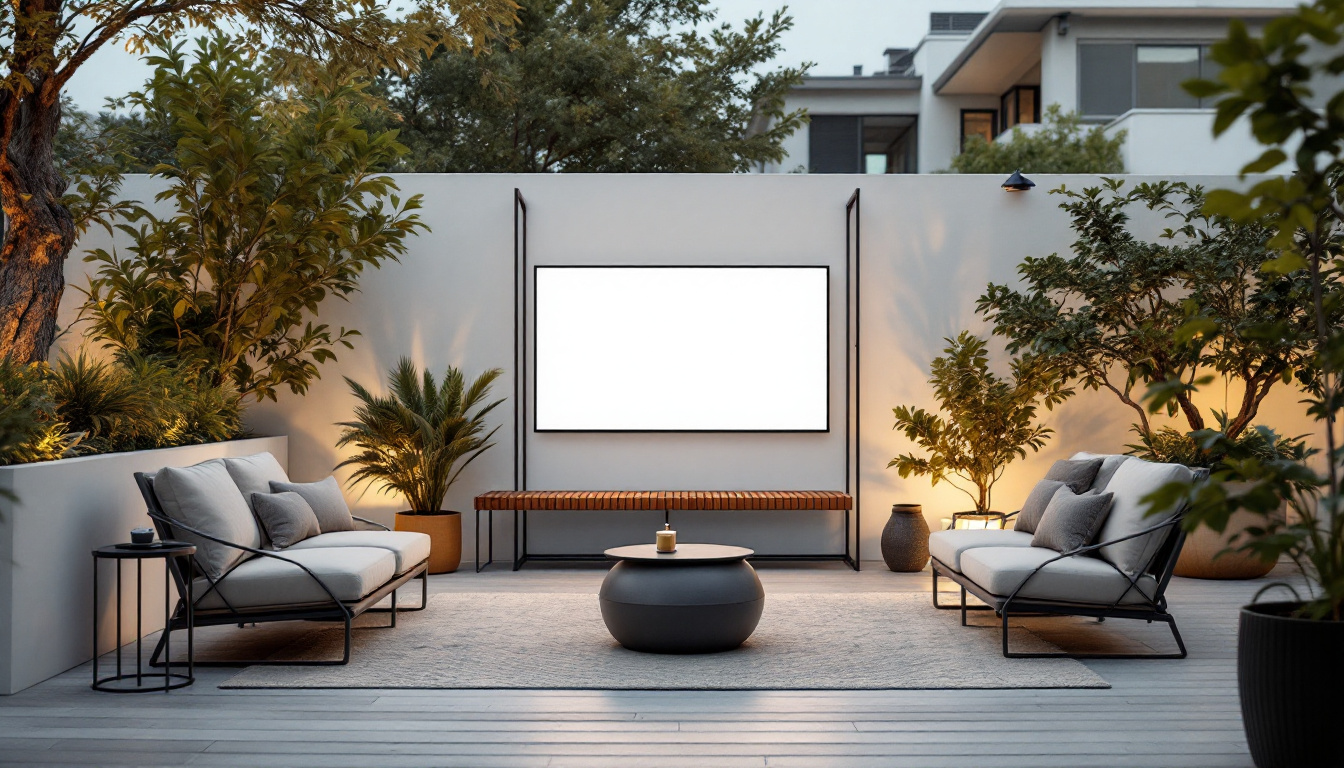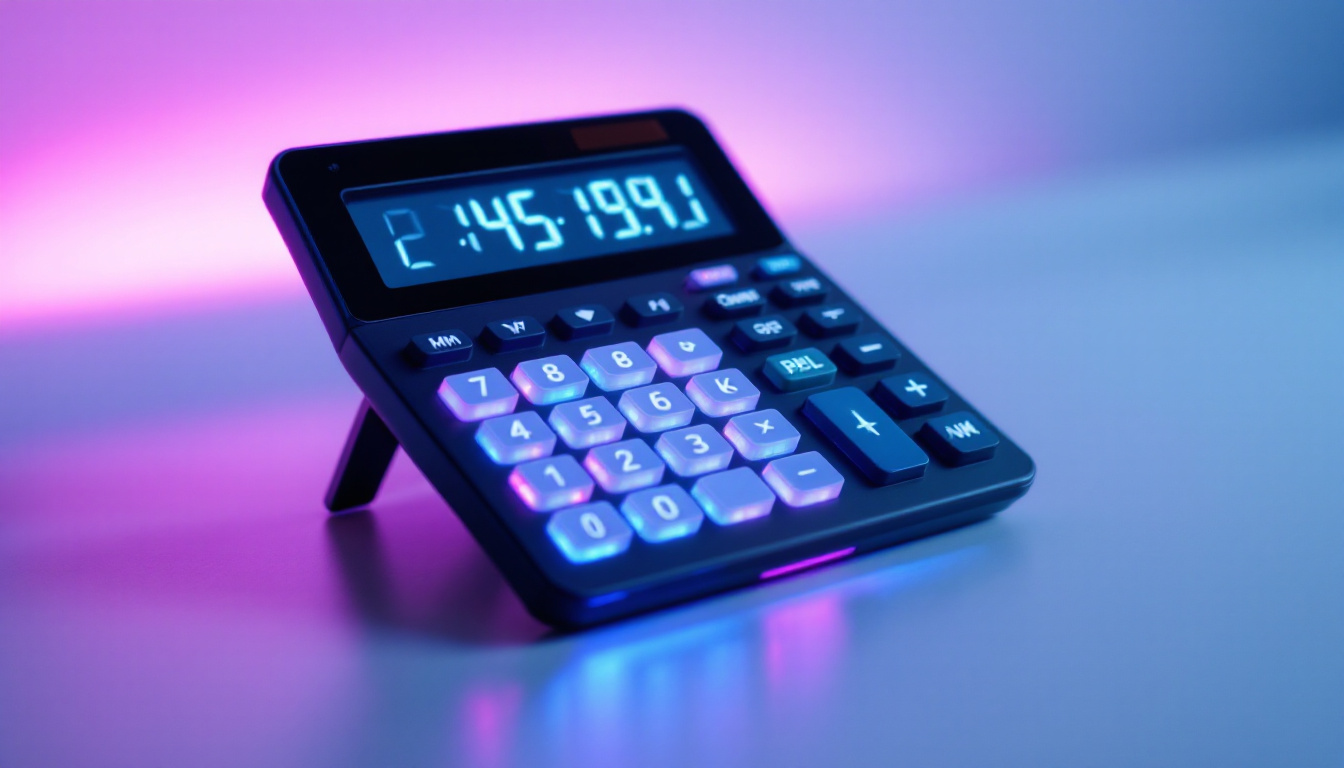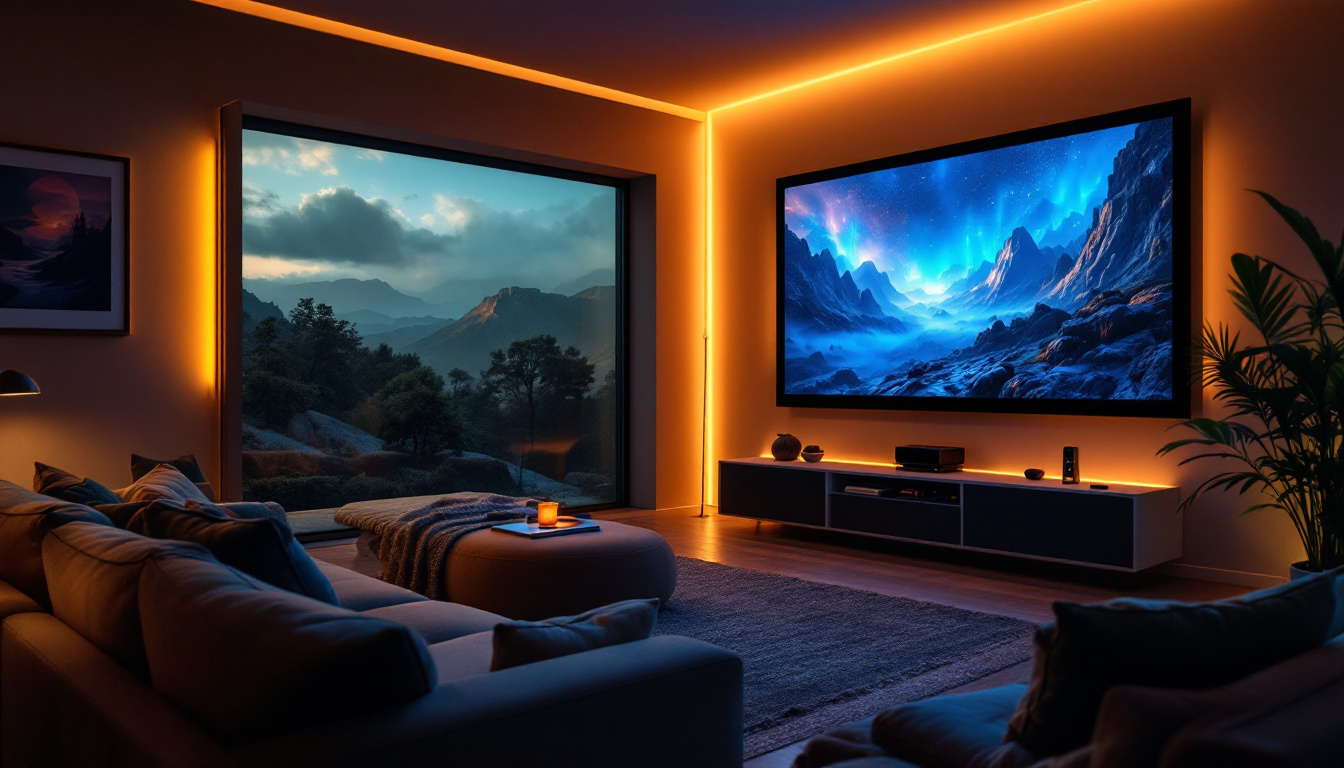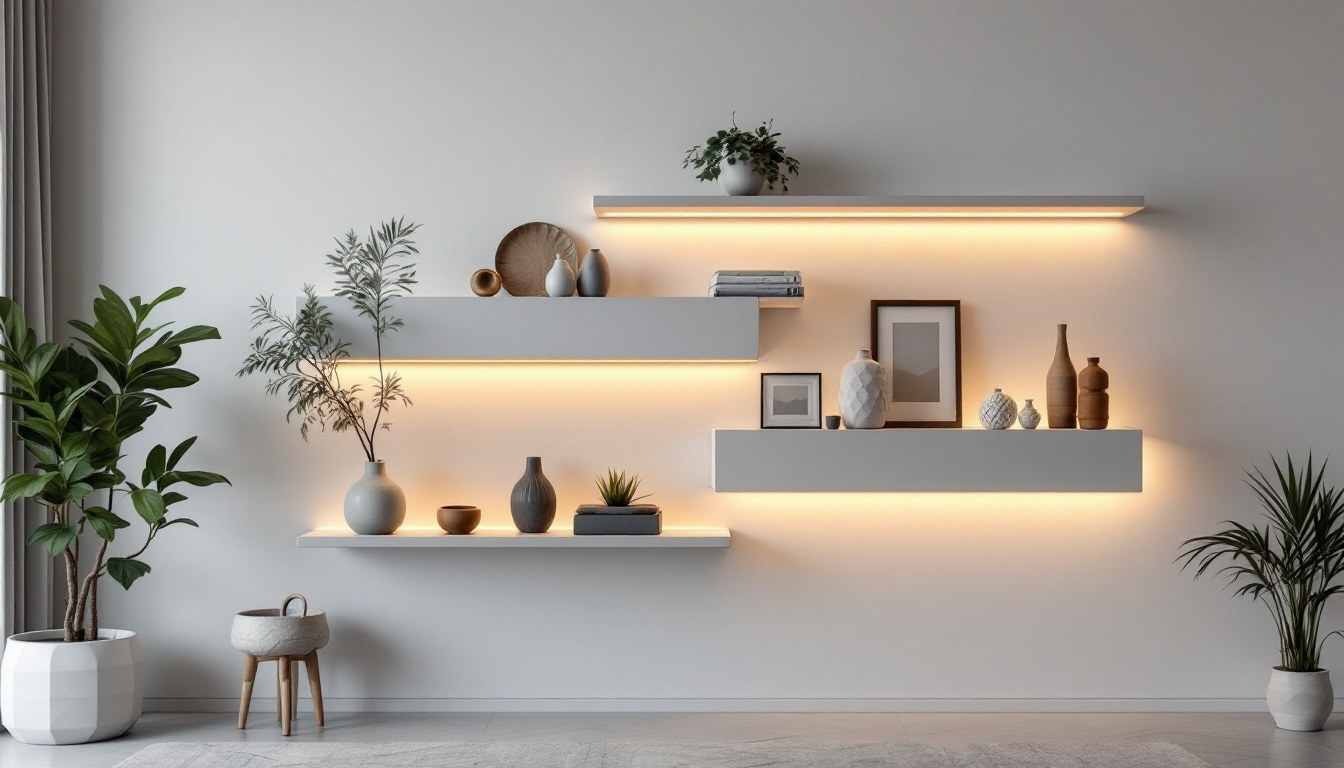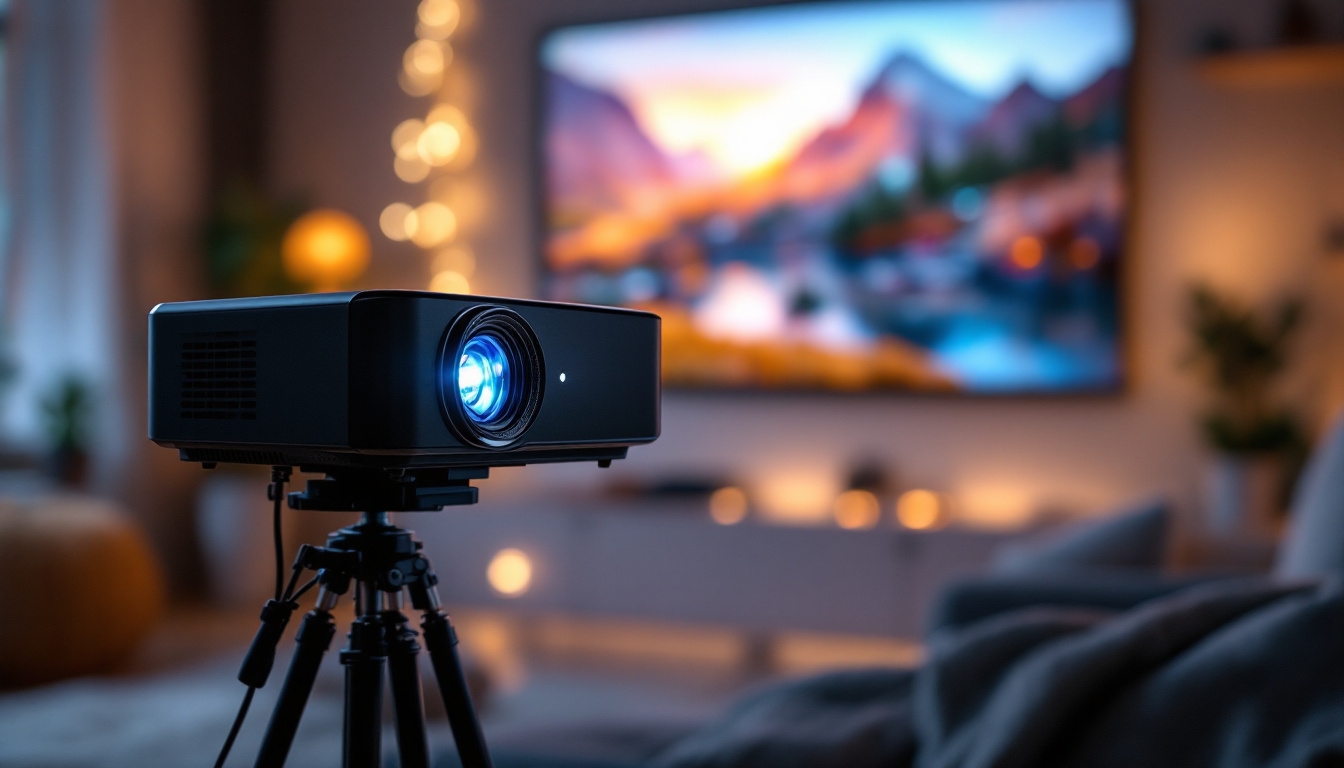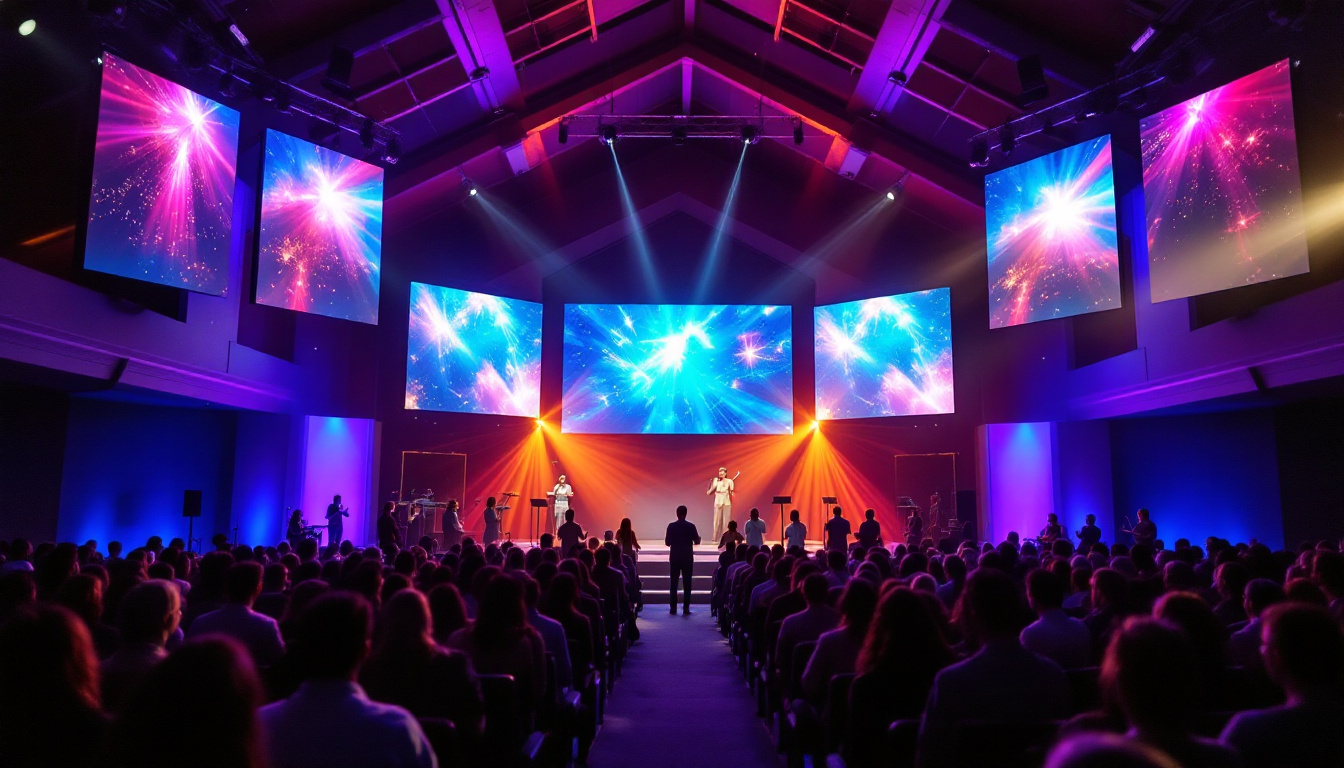Understanding the Basics of Measurement Conversion
Measurement conversions are essential in various fields, including engineering, construction, and everyday life. One of the most common conversions is between meters and feet. This article will focus on converting 6.6 meters to feet, a task that can be easily accomplished with the right knowledge and tools.
The metric system, which uses meters as a unit of length, is widely adopted around the world. In contrast, the imperial system, which includes feet, is primarily used in the United States. Understanding how to convert between these two systems is crucial for effective communication and accurate measurements. For instance, when traveling or working internationally, knowing how to quickly convert measurements can enhance your experience and ensure you are using the correct dimensions for various applications.
The Importance of Accurate Conversions
In fields such as architecture and engineering, precise measurements are vital. A small error in conversion can lead to significant discrepancies in design and construction. Therefore, having a reliable method for converting meters to feet is essential for professionals and laypersons alike. For example, when designing a building, architects must ensure that all dimensions are accurate to avoid structural issues that could arise from incorrect measurements.
Moreover, accurate conversions facilitate international collaboration. As businesses and projects increasingly span borders, understanding different measurement systems becomes critical. This knowledge ensures that all parties are on the same page, reducing the risk of misunderstandings and errors. Additionally, educational institutions often emphasize the importance of measurement conversions in science and mathematics curricula, preparing students for real-world applications. By mastering these conversions, individuals can confidently engage in global discussions, whether it’s in scientific research, trade negotiations, or even during travel, where knowing the local measurement system can significantly enhance navigation and comprehension of local infrastructure.
Conversion Formula: Meters to Feet
To convert meters to feet, a simple formula can be employed. The conversion factor is that one meter is equivalent to approximately 3.28084 feet. Therefore, to convert any measurement in meters to feet, you multiply the number of meters by this factor.
For example, to convert 6.6 meters to feet, the calculation would be:
6.6 meters × 3.28084 feet/meter = 21.6552 feetThis straightforward formula allows anyone to perform conversions quickly and efficiently, whether using a calculator or doing the math by hand. Understanding this conversion is particularly useful in various fields, including construction, engineering, and travel, where precise measurements are crucial. For instance, when planning a building project, architects often need to convert measurements from metric to imperial units to ensure that all stakeholders are on the same page, especially in countries where feet and inches are the standard.
Example Calculations
Let’s take a closer look at how to apply the conversion factor in practice. If you have a length of 10 meters, the conversion to feet would be:
10 meters × 3.28084 feet/meter = 32.8084 feetSimilarly, for a distance of 5 meters:
5 meters × 3.28084 feet/meter = 16.4042 feetThese examples illustrate how the conversion factor can be applied to various measurements, ensuring accuracy in different contexts. Additionally, it is important to note that in fields such as athletics, converting meters to feet can help coaches and athletes better understand performance metrics. For example, a runner’s 100-meter dash time can be more relatable to audiences familiar with feet, making it easier to gauge speed and distance in a familiar context. Furthermore, many online calculators and conversion tools are available, making it even easier to perform these conversions without manual calculations, which can be particularly handy for quick reference during projects or discussions.
Applications of Measurement Conversions
Understanding how to convert meters to feet is not just an academic exercise; it has practical applications in numerous fields. From construction to sports, the ability to switch between measurement systems can greatly enhance efficiency and accuracy.
Construction and Engineering
In the construction industry, architects and engineers often work with blueprints that may use different measurement systems. Being able to convert measurements accurately ensures that all components fit together as intended. For instance, if a building’s height is specified in meters, but the construction team uses feet, a conversion must be made to avoid costly mistakes.
Moreover, construction materials are often sold in specific dimensions. Knowing how to convert these measurements can help professionals select the right materials for their projects, ensuring that everything from beams to concrete slabs meets the required specifications. The ability to seamlessly navigate between metric and imperial units can also streamline communication among international teams, where differing standards are commonplace. This is particularly important in large-scale projects that involve collaboration across borders, where miscommunication could lead to significant delays and budget overruns.
Sports and Fitness
In the world of sports, measurements are crucial for performance analysis. For example, track and field events often use meters for distances, while many athletes and coaches in the United States may prefer feet. Understanding how to convert these measurements allows for better training and performance tracking.
Additionally, fitness enthusiasts who track their running distances may find themselves needing to convert between miles and kilometers, further emphasizing the importance of measurement conversions in athletic contexts. Many fitness apps and devices also incorporate both measurement systems, allowing users to choose their preferred units. This flexibility not only caters to a wider audience but also encourages individuals to set and achieve their fitness goals more effectively. Furthermore, in competitive sports, accurate measurement conversions can play a pivotal role in record-keeping and event categorization, ensuring that athletes’ achievements are fairly recognized across different regions and competitions.
LED Displays: A Modern Application of Measurement
LED displays have become ubiquitous in modern society, used in everything from advertising to public information systems. Understanding the dimensions of these displays often requires converting measurements from meters to feet, especially when dealing with large installations. The versatility of LED technology has made it a preferred choice for a variety of applications, including sports arenas, concert venues, and even transportation hubs, where clear visibility and vibrant colors are essential.
Understanding LED Display Sizes
LED displays come in various sizes, and their dimensions are often given in meters. For instance, a display that measures 2 meters by 3 meters may need to be converted to feet for installation in a venue that uses the imperial system. In this case, converting the dimensions ensures that the display fits the intended space correctly. The size of the display can significantly impact its effectiveness; larger displays are often used in outdoor settings where they must be viewed from a distance, while smaller displays are more suited for indoor environments where viewers are closer.
Moreover, the pixel pitch of an LED display, which is the distance between the centers of adjacent pixels, is often specified in millimeters or meters. Converting these measurements into feet can help technicians understand the display’s resolution and viewing distance, which are critical for optimal performance. A smaller pixel pitch typically indicates a higher resolution, making it suitable for applications where detailed images or text are necessary, such as in retail environments or control rooms where information must be conveyed quickly and clearly.
Installation Considerations
When installing an LED display, precise measurements are crucial. The height and width of the display must be accurately calculated to ensure it fits within the designated area. If the display is specified in meters, but the installation space is measured in feet, conversions must be made to avoid installation issues. Additionally, the layout of the surrounding area must be taken into account, as obstructions such as lighting fixtures or structural supports can affect visibility and accessibility.
Additionally, understanding the weight of the display, which may also be given in metric units, is essential for determining the appropriate mounting hardware and structural support needed for safe installation. The weight can vary significantly based on the size and technology of the display, necessitating a thorough assessment of the mounting surface to ensure it can bear the load. Furthermore, considerations such as power supply requirements and ventilation must be addressed during installation, as these factors can influence the long-term functionality and safety of the display. Proper planning and execution of these details can lead to a successful installation that meets both aesthetic and operational needs.
Tools for Measurement Conversion
In today’s digital age, various tools are available to assist with measurement conversions. These tools range from simple calculators to sophisticated software applications designed for professionals.
Online Conversion Tools
Many websites offer free online conversion calculators that can quickly convert meters to feet and vice versa. These tools are user-friendly and often allow for batch conversions, making them ideal for professionals who need to convert multiple measurements at once.
Simply input the measurement in meters, and the tool will instantly provide the equivalent in feet. This convenience saves time and reduces the likelihood of errors that can occur with manual calculations.
Mobile Applications
For those on the go, mobile applications can provide a handy solution for measurement conversions. Many apps are available for both Android and iOS devices, allowing users to convert measurements quickly, whether in the field or at the office.
These apps often include additional features, such as the ability to save frequently used conversions or access historical data. This functionality can be particularly beneficial for professionals who regularly work with various units of measurement.
Conclusion: The Importance of Understanding Measurement Conversions
Accurate measurement conversions are essential in a variety of contexts, from construction to sports and technology. Understanding how to convert between meters and feet is a valuable skill that can enhance communication, improve accuracy, and facilitate collaboration across different fields.
As the world becomes increasingly interconnected, the need for clear and precise measurements will only grow. Whether through simple calculations or the use of modern tools, mastering the art of conversion is a critical component of effective measurement practices.
In summary, converting 6.6 meters to feet is just one example of how measurement conversions play a pivotal role in our daily lives. By applying the knowledge of conversion factors and utilizing available tools, anyone can navigate the complexities of different measurement systems with confidence.
Discover Cutting-Edge LED Display Technology with LumenMatrix
Ready to take your visual experiences to the next level? LumenMatrix is at the forefront of LED display innovation, offering a wide range of solutions tailored to meet your needs. Whether you’re looking to enhance your brand’s visibility with an Indoor LED Wall Display, captivate passersby with an Outdoor LED Wall Display, or create dynamic visual effects with a Custom LED Display, LumenMatrix has the technology to bring your vision to life. Don’t just measure success – display it with impact. Check out LumenMatrix LED Display Solutions today and see how our state-of-the-art displays can transform your space and engage your audience.


